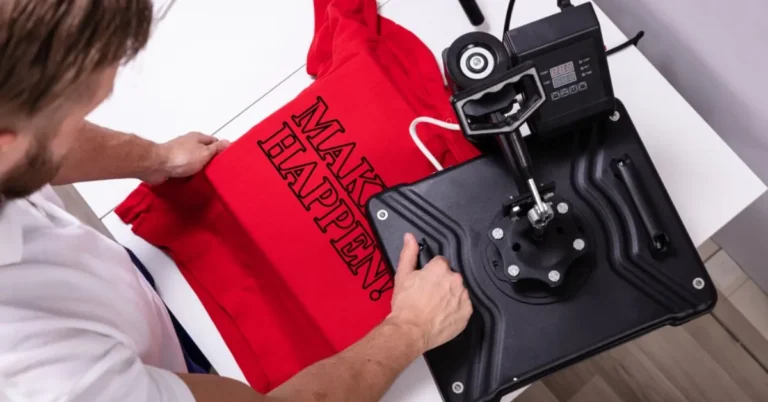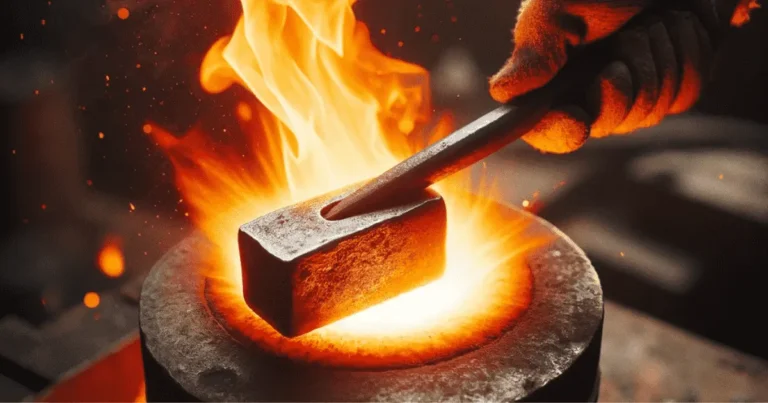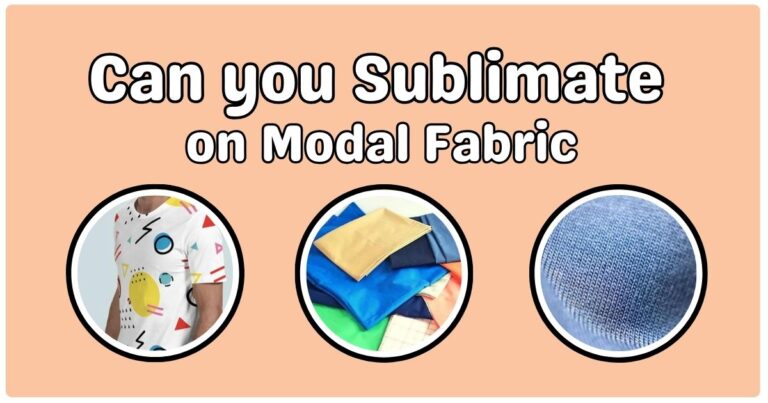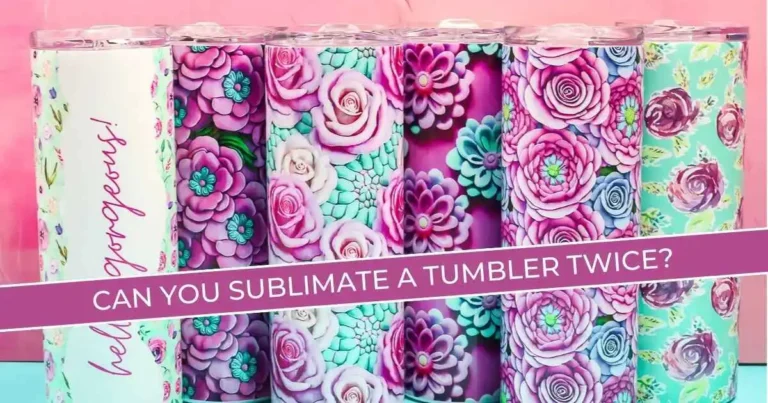Can You Put Epoxy Over Sublimation
Do you want to know if can you put epoxy over sublimation? All of the information you require is provided. Read on.

As someone passionate about sublimation, you might wonder, “Can you put epoxy over sublimation?” The answer is yes, you can! This process can significantly boost the durability and appearance of your sublimated items, like tumblers.
This straightforward guide will walk you through the proper techniques and safety precautions for applying epoxy over sublimated materials, ensuring your creations remain vibrant and long-lasting. Join us as we explore this exciting aspect of sublimation together!
Key Takeaways:
- Applying epoxy over sublimation can make your items, like tumblers, more durable and visually appealing.
- It’s important to follow the right techniques and safety precautions when applying epoxy to ensure vibrant and long-lasting results.
- Epoxy is a liquid polymer that hardens into a durable plastic, while sublimation uses heat to transfer dye onto materials. Both processes are crucial for making custom tumblers.
- Epoxy provides a waterproof barrier, increases the tumbler’s durability, preserves the design, and offers a glossy finish that enhances the overall look.
- When working with epoxy, use protective gear, ensure good ventilation, and follow proper cleaning procedures to avoid health risks.
Related Post: How Long Does Screen Print Last
Concept of Epoxy and Sublimation:
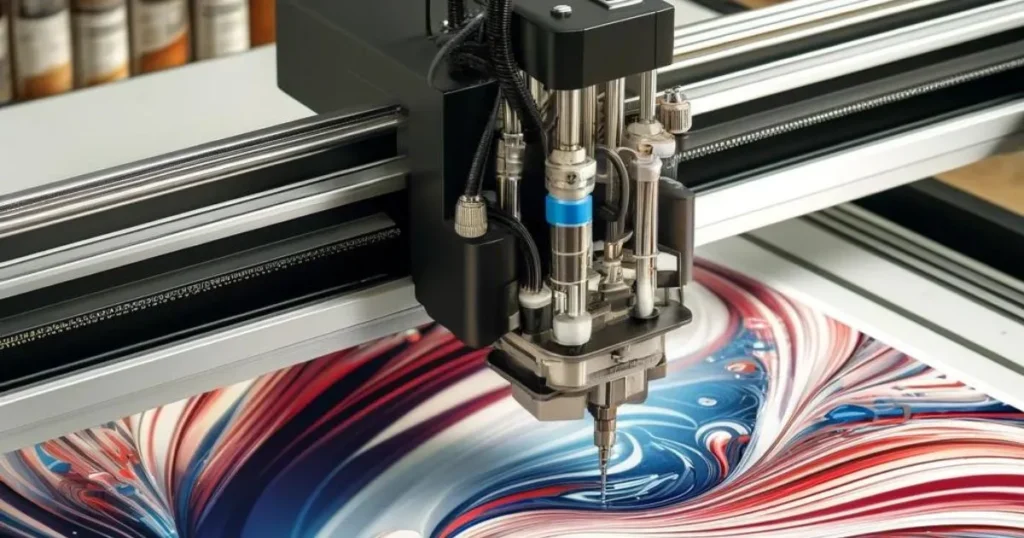
Epoxy and sublimation are both key in making custom tumblers. Let’s break down what each one is before we look at how they work together.
What is Epoxy Resin?
Epoxy resin is a liquid polymer that hardens into solid plastic after mixing with a hardener. This process creates a material with impressive qualities.
The epoxy resin sticks well to surfaces, is flexible, and resists water, chemicals, and impacts. It’s used in coatings, adhesives, and composites, making it ideal for sealing tumblers.
What is Sublimation?
Sublimation printing is a digital method that uses heat and special ink to transfer dye onto plastic, card, paper, and fabric. Sublimation printers help create vibrant designs on items like mugs and paper, making them popular for personalized projects.
This process is quicker than traditional methods like screen printing because it requires less setup and manual work.
Sublimation produces high-quality, permanent, and detailed prints. However, it only works on materials with polyester or other synthetic fibers because the dyes need these fibers to bond effectively. That’s why a sublimation tumbler usually has a polyester coating.
Related Post: Can you Sublimate on a Baseball
Can You Epoxy Over Sublimation:

Yes, you can apply epoxy over sublimation, and it offers great benefits. Epoxy adds durability and enhances the look of sublimated tumblers, protecting the vibrant prints from damage.
Use food-safe, high-gloss epoxy designed for tumblers to ensure a safe and high-quality finish that doesn’t compromise the tumbler’s safety or function.
Why Use Epoxy Over Sublimation?
Applying epoxy over sublimation offers several benefits:
Waterproof Barrier:
Epoxy creates a waterproof layer, protecting the tumbler from spills and rain.
Enhanced Durability:
It adds durability and extends the life of the tumbler.
Preservation and Aesthetics:
This protective layer keeps the sublimation design intact and enhances the tumbler’s overall look.
Scratch and Fade Resistance:
Epoxy protects against scratches, fading, and cracking.
Glossy Finish:
The glossy finish provided by epoxy boosts the visual appeal and style of the tumbler.
Potential Challenges and Precautions:
Working with epoxy requires taking specific safety measures to avoid health risks. Here are some important precautions:
Protective Gear:
Always wear gloves and eye protection to prevent skin and eye irritation from epoxy.
Ventilation:
Ensure you work in a well-ventilated area to avoid inhaling harmful fumes. Wearing a respirator mask can provide additional protection against inhalation of fumes.
Proper Cleaning:
Wet epoxy is very sticky and should not be cleaned off the skin with alcohol or acetone, as these can cause more skin irritation. Instead, follow the cleaning procedures recommended by the epoxy manufacturer.
Safety Data Sheet (SDS):
Always refer to the Safety Data Sheet for your specific epoxy product. This document provides detailed information on all potential risks and the proper handling procedures to ensure safety.
By adhering to these guidelines, you can safely work with epoxy and achieve great results on your sublimated tumblers.
Related Post: Can You Use an Iron Instead of a Heat Press
Step-by-Step Instructions: Applying Epoxy on Sublimated Tumblers

Let’s talk about how can you put epoxy on sublimation tumblers now that we know what epoxy and sublimation are and what they do in the process of making unique tumblers.
Setting Up the Tumbler:
Getting the blank sublimation tumbler ready is the first thing that needs to be done to make an epoxy-coated sublimated tumbler. Pick out a good mug and clean it with warm water and mild dish soap. To get rid of any wetness, it needs to be dried completely with a lint-free cloth.
After that, use fine-grit sandpaper to smooth out the tumbler. During this process, lines are made on the tumbler’s surface that help the epoxy stick better. Clean up any dust that’s left over after grinding with a cloth or compressed air. Lastly, use tape to cover any parts of the tumbler that won’t be customized. This will keep the edges clean and sharp.
Epoxy Resin Application and Mixing:
After getting the tumbler ready, you can mix the epoxy glue. In equal parts, mix the epoxy resin and hardener. Stir the liquid slowly until it is clear and free of bubbles. This means that the glue and hardener were mixed well.
For even covering, use a silicone brush to put on the epoxy. If you want the jar to look professional, do the following:
- Putting on an epoxy coat that is thin and even instead of one that is thick and lumpy.
- After the first coat of epoxy has dried, add extra decorations like glitter if you want to.
- Add one more coat of epoxy after that.
Setting the Epoxy:
Lastly, wait about 24 hours to let the glue harden. To make sure the stiffening goes well, make sure the curing takes place between 70°F and 75°F.
Look over the tumbler for any flaws after the glue has dried. If the epoxy doesn’t harden properly and stays sticky or soft, put down a fresh layer of epoxy with the right mix ratio.
Different Methods to Seal Sublimated Tumblers:

There are other ways to seal sublimated tumblers besides epoxy, which gives them a strong and shiny finish. People who don’t want to use epoxy resin on their sublimated tumblers can use these other choices instead.
Sleeves Shrink Wrap:
Instead of epoxy resin, you can use shrink-wrap covers. When heat is applied, they make a tight seal around molded tumblers. To do this, you wrap the tumbler in a shrink-wrap sleeve and then heat it, which makes the sleeve shrink and fit tightly around the tumbler’s edge.
Different sizes and types of tumblers can fit inside shrink-wrap sleeves, which are also called sublimation shrink-wrap. This gives you more options for how to use them. The shrink wrap and transfer sheet should be taken off while the item is still warm to avoid picture ghosting and make the wrap easier to peel off.
Sublimation Film Resistant to Heat:
Sublimation film that can handle heat is another option besides glue. This film keeps outside harm from damaging sublimation prints on tumblers, keeping the design’s integrity and slowing it down. Putting down heat-resistant sublimation film is easy and doesn’t need any special tools or supplies like heat-resistant tape or infusible ink transfer sheets.
Heat-resistant sublimation film comes in several different finishes, such as matte and shiny, to suit different tastes and styles. Sublimation film can be used instead of glue because it is non-toxic, light, and easy to apply. It can also be used to make a sublimated tumbler last longer if needed.
Care Instructions for Your Sublimated Tumblers with Epoxy Coating:
To make your epoxy-coated etched tumblers last a long time, you need to take good care of them.
Instructions for Cleaning:
When washing epoxy-coated tumblers, you need to be very careful not to damage the epoxy surface. Equip a soft cloth or sponge with warm water, mild dish soap, and soap. Use this to clean epoxy-coated molded tumblers.
Do not use rough cleaning supplies or chemicals on the concrete surface; they can scratch or damage it.
Epoxy-coated tumblers should be washed by hand with a soft cloth for the best results. The high heat from the dishwasher can damage the concrete finish, so don’t put it in one.
Maintenance and Handling:
If you store and use your epoxy-coated tumblers the right way, they will last a lot longer. Epoxy-coated tumblers should be stored upright to keep them from deforming, and they should not be stacked to keep the coating from getting scratched.
Put epoxy and stainless steel tumblers away from sharp items when not in use to keep the coating from getting scratched or chipped. Be careful when handling epoxy-coated tumblers, especially when they are wet, to keep your grip and avoid dropping them.
Related Post: Can You Sublimate a Tumbler Twice
Bottom Line:
In conclusion, resin and sublimation can be used together to make beautiful, long-lasting, and shiny tumblers. But the process needs to be done carefully, with patience, and with the right tools. There are good things about using glue, shrink-wrap sleeves, or heat-resistant sublimation film.
If you do it right, all of them can give you beautiful results. Even though epoxy coating has these benefits, it’s important to use the right methods to avoid problems like bubbles or areas that aren’t level. Also, some people might like the way the sublimated picture feels without the epoxy coating.
Whether you use epoxy on sublimation tumblers depends on your personal preference and the needs of the application. Some sublimation tumblers already have a polymer layer that protects in the same way, so you might not need to add an extra epoxy covering.
FAQ
Last Updated on June 5, 2024 by Muhammad Haseeb

